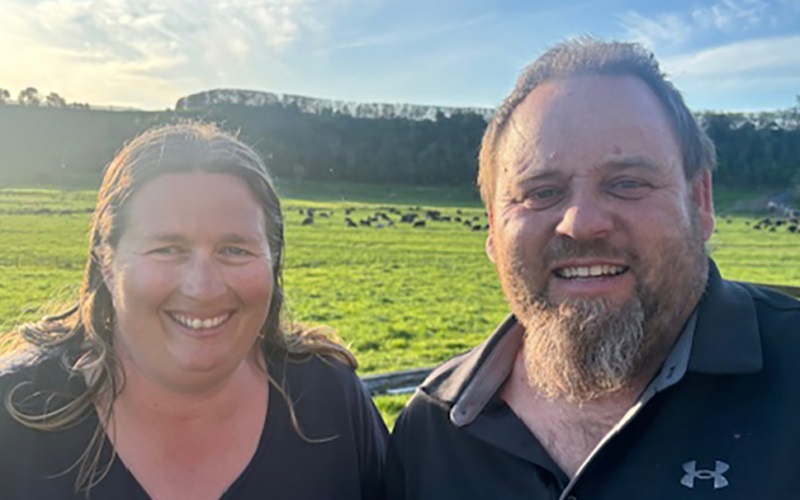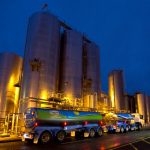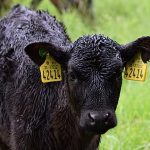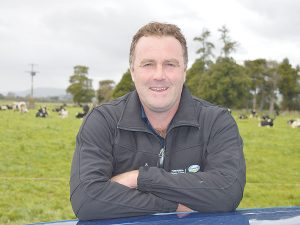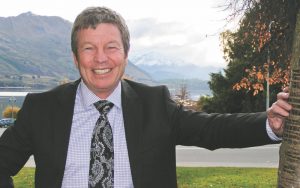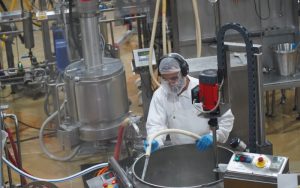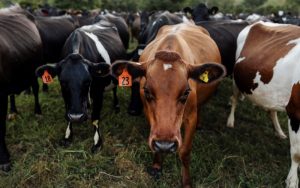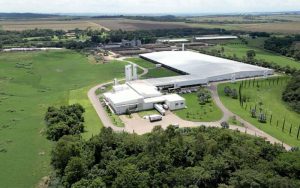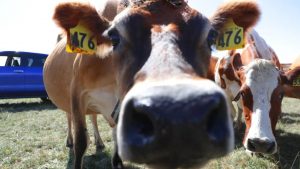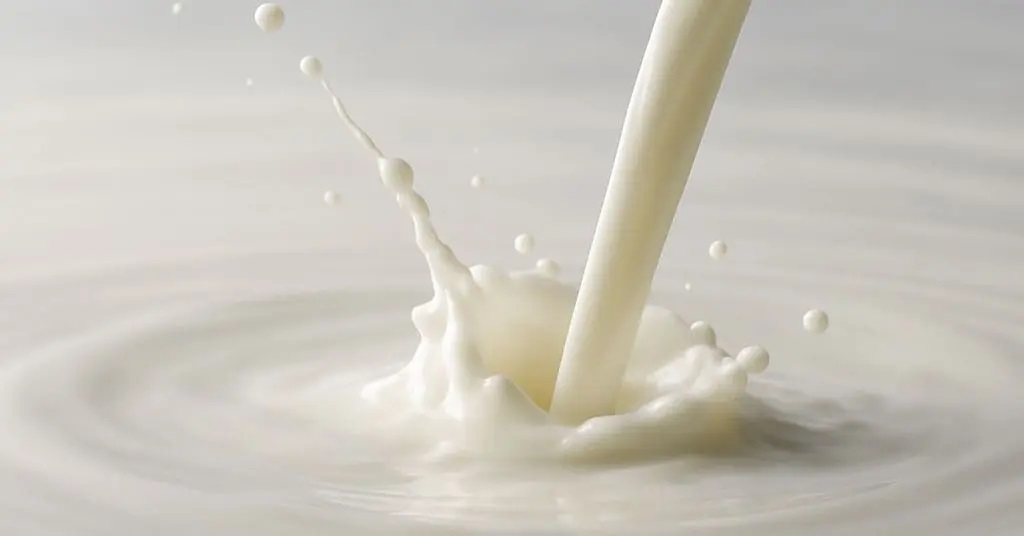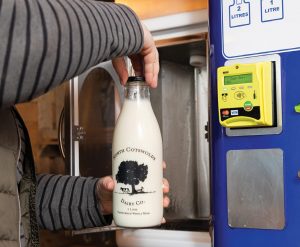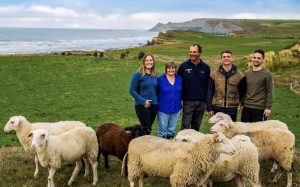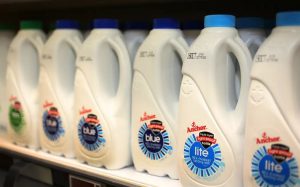
Skyrocketing prices prompt dairy farmer to commission precise testing of soils.
Bay of Plenty dairy farmer Brendon Jones says using precision measuring on his 75 hectare milking platform has saved him a heap of money on fertiliser and applications costs, and reduced leaching.
Jones milks 220 crossbred cows, producing 95,000kg of solids per year.
For 24 years he did what many farmers do and applied fertiliser based on what his local fert rep told him.
This mostly meant blanket applications across the farm of 350-400kg per hectare of fertiliser mixes, every year.
He would also follow cows with an additional 80kg urea per hectare.
Fertiliser representatives historically took only three soil samples on the entire 75ha, every three years.
With fertiliser prices skyrocketing over the last number of years, Jones began to review every aspect of his operation to save money.
He then asked a precision agriculture adviser, ReviveSoil NZ, to conduct precision measurements, and it paid off.
Revive laid 2ha grid onto his farm and took an individual soil sample at every coordinate.
The accuracy of the results showed Jones his farm in a whole new light, specifically the fact that in many areas he wouldn’t have to apply specific nutrients for a few years.
He said no fertiliser rep has ever told him he had a surplus of specific nutrients.
“You’re just told how much you needed, you were never told not to put fertiliser on.”

With that information at hand he could tailor applications with software and a variable rate spreader.
“You’re saving straight away by not applying. You’re using what’s already present in those areas. Once that has been used you will need to apply again.
“You’re putting on what you need, not just dumping it on for the sake of dumping it on.”
Less applied also means less leaching, he said.
Jones said changing tack required a mind shift.
“It’s hard to train yourself not to put 300kg on fert on per hectare. You hope you will grow grass, and then you see the results, and you do.”
Willem Engelbrecht, co-founder of ReviveSoil NZ, said testing on Jones’s farm involved a basic soil test, with selected cations and anions assessed, and the soil’s ability to retain nutrients.
“The objective of taking soil samples is the same as in any statistical process: the farmer aims to obtain representative samples to accurately depict nutrient levels across the farm. Traditionally, this has been done by taking transects across a few paddocks, with that data then used to estimate nutrient needs for the entire farm.
“On farms that historically used this method, we’ve found that nutrient levels across the whole farm varied significantly from those projected by the transects.
“This variation stems from factors like too few soil tests, stock transfer, soil type, and topography.”
Establishing an accurate, geospatial baseline of nutrient levels means tailored fertiliser recommendations for every paddock can be created, he said.
You can now read the most important #news on #eDairyNews #Whatsapp channels!!!
🇺🇸 eDairy News INGLÊS: https://whatsapp.com/channel/0029VaKsjzGDTkJyIN6hcP1K
